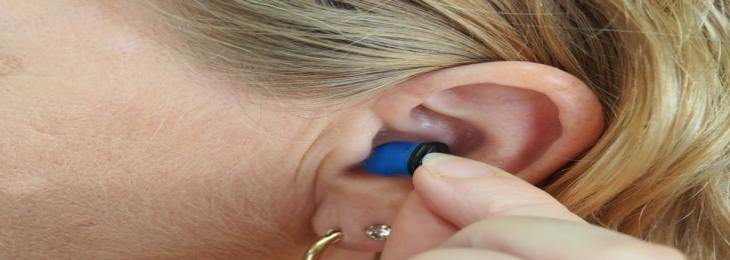
The hearing aid "alpha’s" speaker sits straight against the eardrum of the wearer, termed as the "hearing contact lens."
In majority hearing aids, the sounds emitted from a little speaker are headed down to the ear-canal. However is not the same – and allegedly better – where its speaker in fact sits straight against the eardrum of the wearer. Termed as the "hearing contact lens," this device is developed by Vibrosonic, the Germany-based startup. This incorporates the technology developed from researchers of the University of Tübingen along with the Fraunhofer Institute for Manufacturing Engineering and Automation.
The setup’s one external element is the signal-processing battery-equipped module which is worn at the back of the ear. It is hard-wired into the smaller module which sits within the ear-canal. This module is thereby connected with the piezoelectric micro-loudspeaker that is placed alongside the eardrum. Once the microphone of system picks up the external noises, they are relayed to this tiny speaker that causes vibration in the eardrum consequently. The Vibrosonic said that since these transmitted sounds do not have to transit through the air gap in the ear-canal, there is little distortion and little interference of the wind noise wafting in the ear.
Moreover, it is stated that this technology is able to amplify sound through the entire spectrum of audible frequency– extending from below 80 hertz to12 kilohertz – which the traditional hearing aids cannot do. Besides, although these internal components does stay inside of the ear-canal relatively permanently, zero surgery is needed for its initial installation. The company do plan for the further miniaturization of the system, which will comprise doing away with external module along with incorporating the functions in module of ear-canal. Vibrosonic states, the alpha could be installed into a single both ears, whose use should be approved by this autumn in the Northern Hemisphere. Pricings will be reportedly similar as that of the current hearing aids of high-quality.






